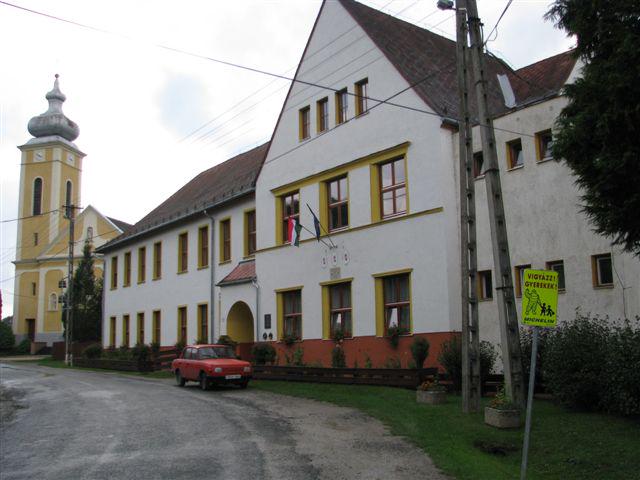
After the map of Europe was redrawn in the 20th century, the Slovenians of the Raba River, known in Slovenian as Porabski Slovenci, became permanently separated from their homeland. Despite cultural conflict and isolation during the dark days of the 20th century, however, they have managed to preserve their culture and language.
The Raba Slovenians settled in the area, a country of green hills, orchards, and fields, well before the Hungarians, who arrived in the ninth century and established their own kingdom in the tenth century. For generations, the two ethnic communities rived in relative harmony. The Slovenians developed their own dialect, which was different from anything spoken in Slovenia. To this day, their speech is rich in Hungarian loanwords and many of its words are stressed differently than in standard Slovenian, often making the dialect difficult for other Slovenians to understand. The Raba Slovenians were an agricultural people and lived in rustic thatched houses.
The advent of Slovenian-language publishing was an important milestone in their national development. Those who were literate suddenly had access to books published in the Slovenian heartland and developed a sense of national identity that proved a counterpoint to Hungarian nationalism when it began to emerge in the 19th century. The Hungarians, however, held political power and by the end of the 19th century, Slovenian was all but driven out of the local schools.
After World War I, most of the Slovenian Lands were incorporated into the newly created South Slav State. But the land of the Raba Slovenians remained in Hungary, a country that was growing increasingly nationalistic. The struggle of the Raba Slovenians to survive as a distinct people grew increasingly acute as the right-wing authorities in Budapest sought to do away with their unique identity.
Conditions briefly improved after the defeat of Hungary’s Fascist regime in World War II; that’s when several Slovenian-language schools were reestablished. Once again, however, politics intervened. The schools were closed for several years after the Tito-Stalin split of 1948. Even more ominously, the Raba Slovenians found themselves on the other side of the Iron Curtain, with limited contact to those on the Yugoslav side of the border.
More rights were granted to the minority in the 1970s, but it wasn’t until after the fall of Communism that the situation substantially changed for the better. New media outlets were established and education in the Slovenian language finally became guaranteed. Several new border crossings were opened before all border checks were eliminated altogether as part of the Schengen Agreement in 2007.
The Raba Slovenians have even hosted summits of Slovenian and Hungarian presidents. But while they have embraced their newly found role as a bridge between the two nations, their problems have not ended. Economic underdevelopment has led many Slovenians to leave the area, and the trend continues to this day. The funds available for cultural activities also tend to be limited, even though the otherwise controversial government led by Viktor Orbán has turned out to be relatively generous in his financial support of the Raba Slovenians.
Today, the Raba Slovenians, who number more than 3000, are no longer seen as a threat. New generations of Hungarians perceive them as a bridge to their smallest neighbor – and a vital part of Hungary’s diverse heritage.

































































